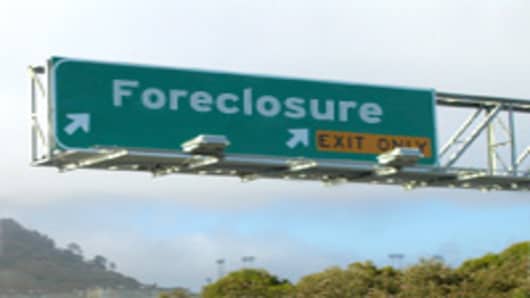It’s not like we didn’t know it was coming, but apparently it’s coming with a vengeance.
Prime fixed-rate loans have finally leapfrogged those nasty subprimes to take the lead in the race to foreclosure. The foreclosure rate on primes has in fact doubled in the last year, and almost half of the overall increase in foreclosure starts in the first quarter of this year was due to the increase in primes.
I got a call yesterday from Scott Scredon at the Consumer Credit Counseling Services in Atlanta. He says they’ve seen a distinct change in callers. “We’re getting calls from engineers and attorneys and post graduate students,” he says. “Many of these people run through their 401Ks and their savings and start living off credit cards and then they call a counseling agency for help. So it’s a new kind of person we’re seeing today, but it’s a sign of the times.”
So I asked Jay Brinkmann, chief economist over at the Mortgage Bankers Association, why all these aggressive industry and government modification programs aren’t helping, especially if the troubled borrowers are not in those nasty, exotic subprime loans.




